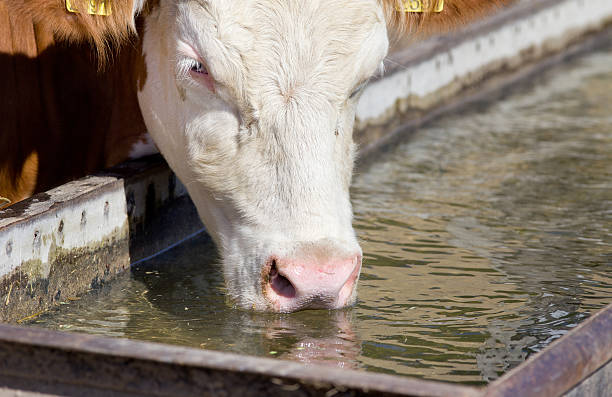Livestock must have access to water; this is common knowledge. However, given recent conditions you may consider testing the quality of available water sources; with warm dry conditions resulting in dropping dam levels and dry bare paddocks. This can contribute to an increase in salinity levels and excess runoff within a water supply.
Increased salinity can cause livestock to be reluctant to drink; with young, pregnant or lactating livestock known to be the most susceptible. The same has been found for livestock grazing on dry feed; they are less tolerant to high salinity levels than those on green feed.
Good practice is to monitor your water source’s salinity levels by regularly testing, particularly during dry seasons. This can be done at home with a portable EC meter, available from water equipment dealers; or alternatively you can organise to have your samples tested for free through Agriculture Victoria by calling 136 186.
Top tip: Check out the following link to determine the appropriate salinity levels for your stock http://bit.ly/AgVic-waterquality
With bare paddocks there is little one can do to avoid excess run off which can be the reason behind faecal matter and a range of heavy metals entering a water source. This pollution can make water unpalatable to livestock and also increase the risk of animals contracting a number of diseases, including Botulism and Salmonellosis. If waters are shallow, run off can also increase the likelihood of a blue green algae bloom, which can be toxic to livestock.
It is important to regularly monitor water sources for pollutants, scooping out surface organic material as soon as possible to avoid it sinking. This, paired with regular sample testing, can help you make an informed decision about each water source; deciding if it remains suitable for livestock or if alternative options need to be explored.
Top tip: Check out the following link for more information on farm water planning http://bit.ly/farmwaterplanning
With the days heating up now is the time to check your livestock’s water quality.
